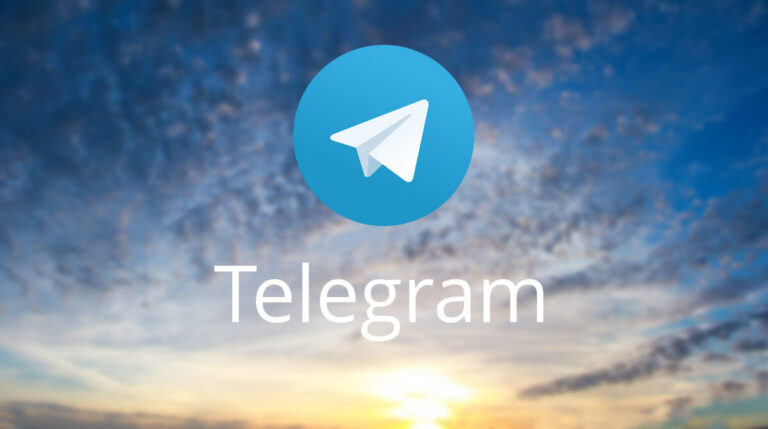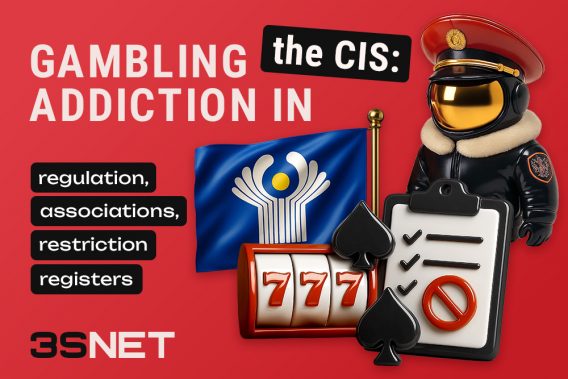
Publication date: 15 August 2019
Telegram, one of the most popular messengers in Russia and the world (according to Mediascope, the number of daily users in Russia exceeded 4.4 million in February 2019) has turned 6 years.
Do you remember how it all started?
Telegram was founded by Pavel Durov, who is the founder of the social network VKontakte. The idea of the application came to him in 2011, when SWAT teams started showing up at his door. After realizing that he and his brother have no safe way for communication, they decided to create a service based on MTProto—encryption technology for correspondence created by Pavel’s brother Nikolai.
On 14 August 2013, Durov presented the first version of Telegram for iOS. In October 2013, the website of the project and the Android version with the open source code were launched. By November, Telegram for Windows and macOS were already available to users.
In the first three months, the application was installed by 1 million users.
The desktop version of Telegram was launched on 15 October 2014.
In the beginning of 2015, unique features were introduced which users find to be one of the advantages of Telegram over other services. These are completely free stickers that users can create and upload on their own.
In May 2015, Google was about to buy the messenger for over 1 billion dollars.
In February 2016, according to Pavel Durov, the service was used by over 100 million people who were sending about 15 billion messages daily.
In November 2016, the Telegraph project was launched. Telegraph is a blogging platform, a free publishing tool which brought Telegram close to being a social media platform.
About Telegram blocking
On 14 July 2017, the Federal Security Service of Russia (FSB) ordered Telegram to provide “information that is necessary for decoding of electronic messages received, transmitted, or being sent” and then drew up an administrative protocol for disobedience. Telegram argued that the FSB’s demand violated Russia’s constitution.
On 16 October 2017, Moscow’s Meshchansky district Court imposed a fine on Telegram in the amount of 800,000 rubles for refusing to provide the FSB with data to decode messages of six users.
On 20 March 2018, Russia’s Supreme Court ordered Telegram to hand over encryption keys while Russia’s state media watchdog, Roskomnadzor, notified Telegram of the need to comply with the requirements of the law in order to avoid blocking.
On 29 March 2018, after Pavel Durov refused to cooperate with the FSB for the second time, Telegram users in Europe, Middle East, and the CIS countries started experiencing connection issues.
The blocking transformed the way people had been using Telegram. To regain access to the messenger, people started using programms. In most cases, however, there was no need for any additional settings, the application kept on working as usual. And it still does.
Active discussion of the blocking drew more attention to Telegram and, therefore, led to an increase in the number of users.
The blocking caused outrage among users. The outrage was so intense that it went offline: rallies in support of Telegram and for free Internet were held in March and April all around Russia.
Telegram blocking was aimed at limiting the use of the messenger but resulted in a growth of its audience.
According to TGStat.ru data, on the blocking day, 40,000 of Russian-language Telegram channels got 30 million more views in total. It was about 17% more than the average number of the preceding month. Telegram gained a total of 270,000 new subscribers on that day.
On 28 August 2018, Telegram agreed to cooperate with investigators in terror probes when ordered by courts.
Telegram introduced a new way to bypass blocking
Since 2018, Telegram proxies have been working through its own MTProto protocol, but some countries, such as Iran and China, cut speed for unknown protocols. When a user is connecting to a proxy server, the length of packages is what makes MTProto stand out allowing providers to identify traffic.
Telegram developers modified the protocol by adding random bytes to each of the packages that allows bypassing the blockings. However, when the law on autonomous, sovereign Runet comes into force, this loophole will not work anymore, and Telegram will have to start camouflaging itself.
The messenger have already launched proxy servers with masking features written in Python, Erlang, and Go. Protection against replay attacks was added there as well.
Telegram today
- Update: Telegram 5.1 brings a number of important features that will make communication more comfortable.
In March 2019, Telegram was ranked the eleventh most popular application for communication in the world. According to the Mediascope research company, monthly Russian audience of the app approached 9.3 million people in October 2018.
According to a research conducted by TGSta in spring 2019, 73% of users live in Russia, 16% in Ukraine, and 4% in Belarus. Regarding demographic data, 67% of users are men, and 32% are women. The biggest age groups are “25 to 34” and “18 to 24”.
In the Russian-language segment of Telegram, every third user is subscribed to less than 10 channels. 43% read from 11 to 25 channels, and 26% have more than 25 subscriptions. 80% of users prefer news channels, and more than half of the audience is subscribed to entertainment and educational channels.
Share it with your friends via favorite social media


























